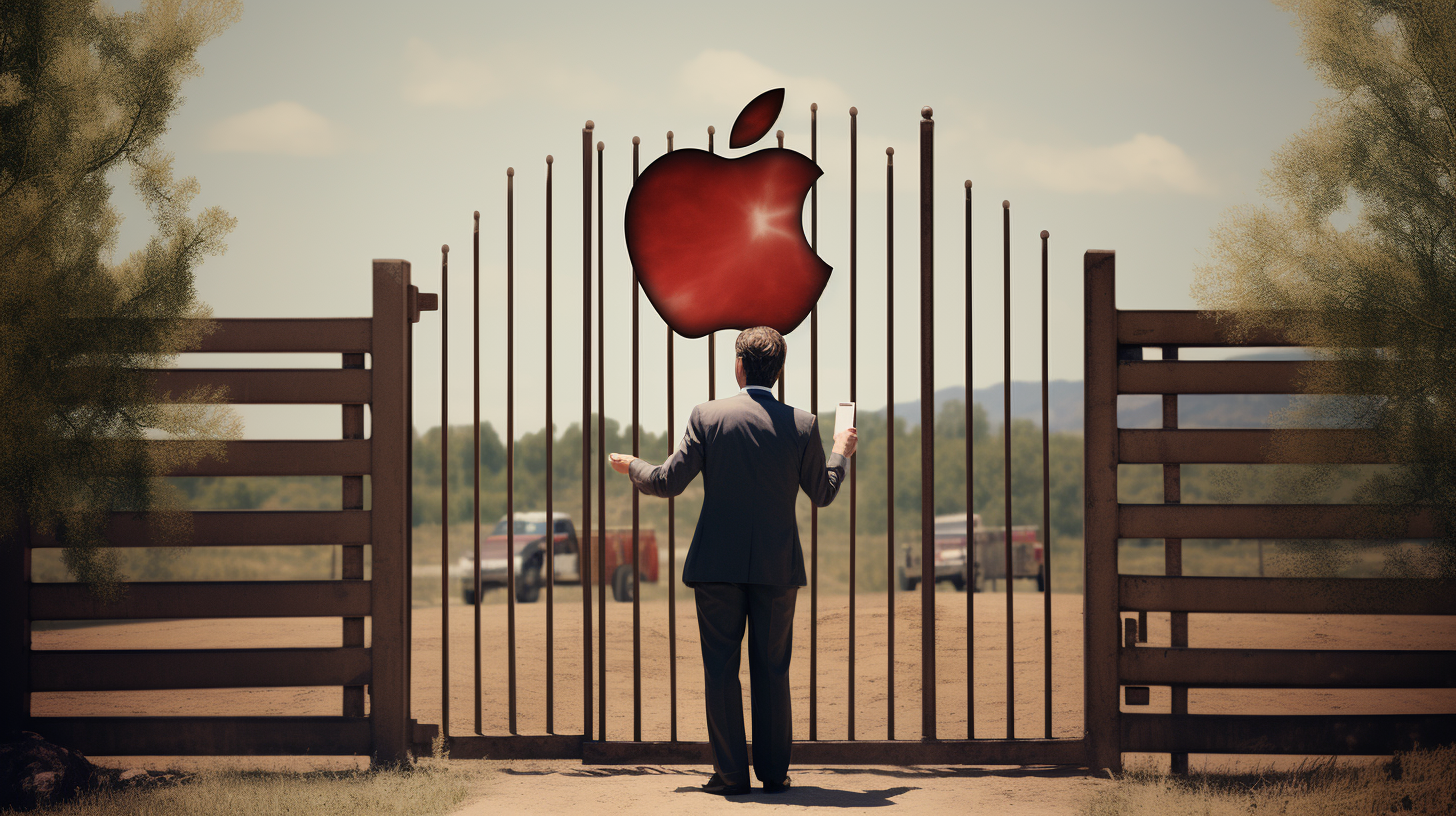
Newsletter
Newsletter
Apple is rolling out more privacy changes in its latest iOS macOS updates. Find out how this will affect your analytics.
6th July 2023

In the Pugpig weekly media bulletin, Pugpig’s consulting services director Kevin Anderson and digital growth consultant James Kember distill some of the best strategies and tactics that are driving growth in audiences, revenue and innovation at media businesses around the world.
by Kevin
At Pugpig, we’re app specialists so we pay close to attention to what Apple and Google do, and we wanted to flag a change that Apple is making that will affect your ability to measure audience behaviour. As Josh Benton at Nieman Lab notes, Apple has rolled out a series of privacy-focused features over the past several years that have been embraced by consumers but challenged tech platforms and media businesses alike. Whether it was the “Ask App Not to Track” feature or the Mail Privacy Protection, both have had a huge impact on digital media businesses. According to data-management platform Lotame, Facebook alone lost $13b in ad revenue last year due to Ask App Not to Track. And Mail Privacy Protection has made it harder for all of those newsletter editors to reliably track open rates. Josh says that now, nearly 80% of newsletter opens from Apple devices are fake opens. I know that newsletters like Marketing Brew are increasingly using surveys to supplement their newsletter platform analytics. So what does Apple have up its sleeve now that might affect your business?
“Apple has declared war on email newsletters,” media analyst Simon Owens’ said in his latest newsletter. It’s not quite that dire, but as it stands in beta, it will affect your ability to gather certain types of data about your customers. In the next version of its operating systems, iOS 17, iPadOS 17 and macOS Sonoma will introduce Link Tracking Protection (LTP) that strips out some digital tracking parameters when you’re using Safari in private browsing mode or when you’re using Mail or Messages. Users can also opt-in to LTP in the default browsing mode in Safari. Josh quotes Marty Swant of Digiday as saying that this will affect “ad measurement, embedded media, social widgets, fraud prevention, bot detection, audience measurement and funding websites that rely on targeted or personalized ads…”
Fortunately, Apple is not looking to strip out all tracking data. Apple will allow what it calls “Private Click Measurement” values, according to Richard Priday of Tom’s Guide. What that means in practice is that you will still most likely get source and campaign data, but you won’t be allowed to pass any parameter that could tie that click to an individual user.
Josh gave the following example of how the parameters would change. If a publisher tried to pass this:
// Removing tracking parameters
https://example.com/ad_engagement?click_id=mVhODI1MmZmNGU4&campaign_id=23
Apple’s new system would strip out the personal identifier in the UTM:
// Removing tracking parameters
https://example.com/ad_engagement?campaign_id=23
You will still have campaign and source data, but you will lose data about which users are highly engaged and which ones haven’t opened an email in six months’ time. Interestingly, publishers might get a pass on this because the filtering seems to be more targeted at platform players such as Google, Microsoft, Facebook, Hubspot and MailChimp. As this product manager found, LTP targets parameters such as Google’s gclid and Facebook’s fbclid. However, that will still impact a lot of publishers who rely on these platforms for various services. You might be able to pass user IDs through a custom system, but this might be a cat-and-mouse game as Apple broadens LTPs filtering abilities.
Ultimately, whether it is LTP or the end of third-party cookies, this is another step by Apple and Google that should encourage publishers to focus on first-party data. As we have said before here at the Media Bulletin, this delivers a competitive advantage to publishers with rich stores of their own user data. If there is a major theme that we re-iterate in different ways it is to stress the importance of owning the relationship that you have with your audiences and customers.
If you would like to see how this might impact your analytics gathering abilities and how to leverage first-party data, please get in touch with us at Pugpig Consulting.
by James
A study by City University in London and Munich’s Ludwig-Maximilians-Universität München (LMU) into the impact of different types of messaging on a user’s likelihood to subscribe caught our eye in a recent article by the Press Gazette.
The academics surveyed 814 people in the UK and tested four different types of simulated subscription messages. The respondents were shown a series of slides, one of which contained a mocked up paywall. They were asked to imagine that they’d seen the subscription messaging whilst browsing a website of a newspaper they liked and to indicate if it resonated with them.
The messages were split into four topics:
The other 11 subscription pitches contained combinations of the above, (i.e digital plus social) and there was a control without any message.
The findings demonstrated that no single message out performed any other but it did discover that a pitch that included both a normative message and a price transparency message had a significant uplift in terms of a person’s willingness to pay. This suggests that the most effective subscription messaging informs a prospect that their subscription supports independent, campaigning journalism whilst highlighting the news industry’s precarious financial situation.
There are other studies referenced that support this message. The authors mentioned a report by Cook and Attari that demonstrated that when the New York Times communicated that they risked going bust without subscriptions they were able to significantly enhance their paywall’s conversion. Other studies cited in the research showed that people who are aware of the financial problems in the news industry are more willing to pay for online news and those that understand the difficult financial situation of local news are more likely to pay for a local news service.
However, the important differentiator of the City and LMU research is their conclusion that messaging around the financial issues facing the news industry need to be combined with a message on the value of journalism to be effective. They also point to a 2021 study of US newspapers carried by Nechushtai and Zalmanson found that the “normative appeal” was the least common. Publishers could be missing a trick.
The paper concluded by saying that “further research is needed to gain more insights that can help newspaper publishers effectively monetize their online content” and noted that a “subscription pitch that works well for one newspaper may not work for others”. This is an important caveat. The Guardian has seen success in a subscription appeal that use similar wording to the one promoted by this study, but their audience is going to differ significantly from other news organisations. The only way a publisher can tell what messaging will work for them is to test it. What City and LMU revealed is that a good place to start is to focus on the value of journalism and the issues facing the industry, rather than going heavy on tools and features, that the audience is probably already aware of.
It’s also worth noting that the message is just one element of a paywall strategy. To be successful there are other key factors that a publisher needs to consider, such as:
Pugpig Consulting can help you develop a paywall strategy that fits your business proposition. We can work with you to optimise the experience so that you are being as effective as possible in converting your audience. If you’d like more information, please get in touch.
Here are some of the most important headlines about the business of news and publishing as well as strategies and tactics in product management, analytics and audience engagement.

Newsletter

Newsletter

Newsletter

Newsletter

Newsletter